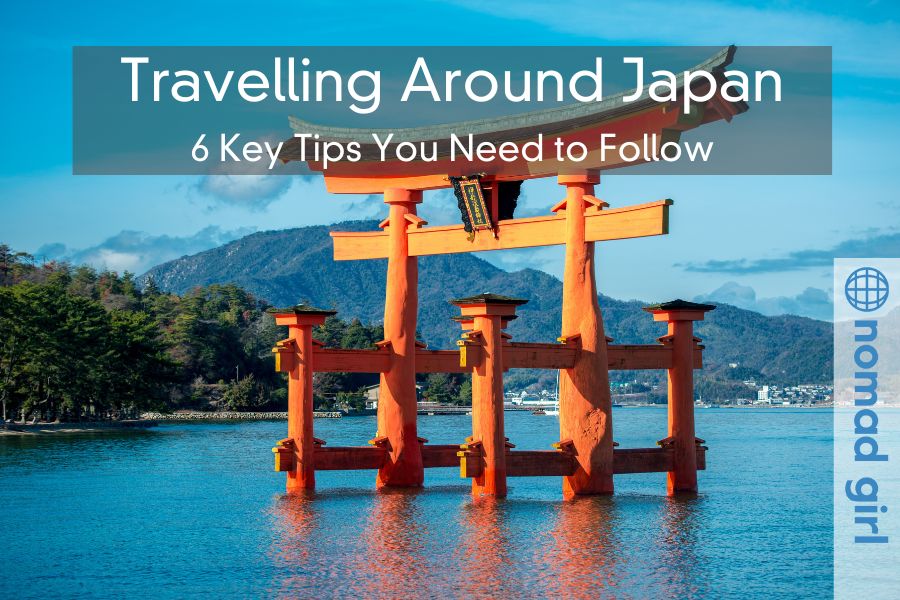Japan is a country of captivating contrasts, blending ancient traditions with cutting-edge technology, and serene natural landscapes with bustling urban centers.
Whether you’re visiting the historic temples of Kyoto, the neon-lit streets of Tokyo, or the tranquil countryside, travelling around Japan promises a unique and enriching experience.
Here are key tips you need to follow to ensure a smooth and memorable trip across this fascinating country.
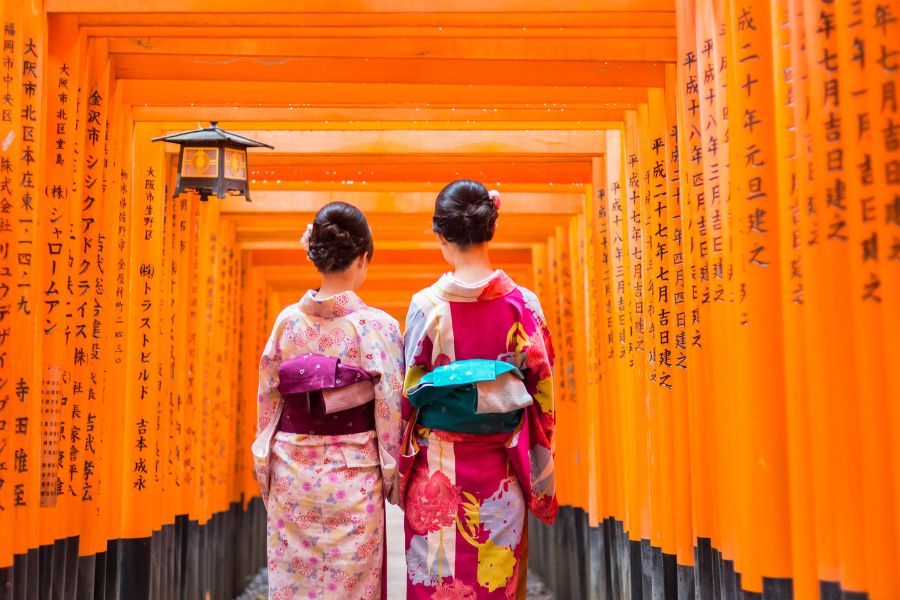
Enjoy the zen gardens in Kyoto
Japan’s transportation network is one of the most efficient and reliable in the world, making it relatively easy for travellers to move around. The backbone of this system is the extensive rail network, including the famous Shinkansen (bullet trains), which connects major cities at speeds of up to 320 km/h (200 mph).
Consider purchasing a Japan Rail Pass (JR Pass) before your trip to maximise convenience and cost-effectiveness. This pass offers unlimited travel on JR trains for a fixed period, ranging from seven to twenty-one days, and can be a significant money-saver if you plan to travel extensively.
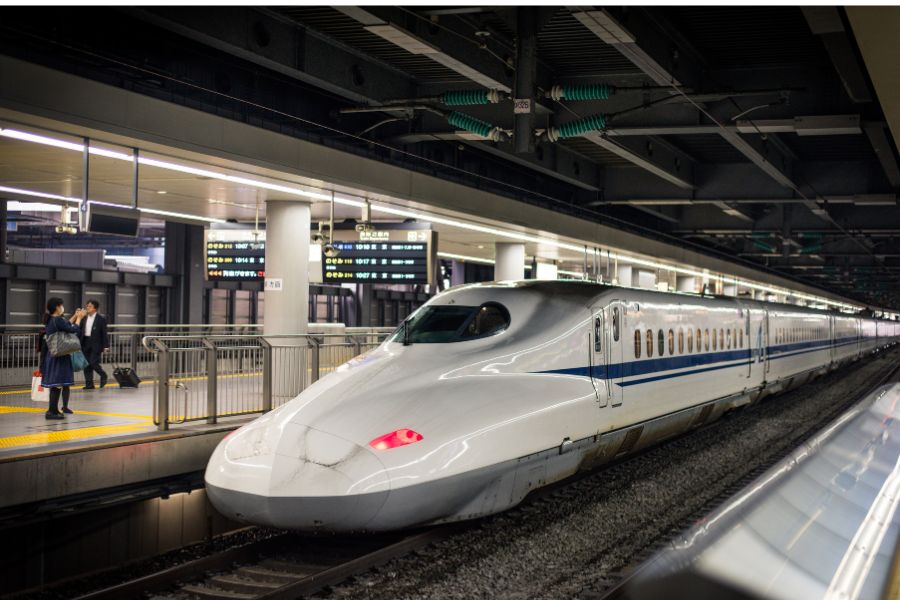
Apart from trains, Japan’s public transportation includes buses, subways, and ferries, all of which are punctual and well-maintained.
While navigating these systems might seem daunting at first due to the language barrier, many signs and announcements are available in English, especially in larger cities and tourist areas. Mobile apps like Hyperdia and Google Maps can also be invaluable tools for planning your routes and schedules.
For shorter distances, consider renting a bicycle or using taxis, which are clean and safe, though relatively expensive.
Embracing Local Etiquette and Customs
Japanese culture is steeped in tradition and etiquette, and understanding these customs can greatly enhance your travel experience.
Simple gestures, such as bowing when greeting someone, removing shoes before entering homes or certain establishments, and using both hands when offering or receiving items, are fundamental aspects of Japanese etiquette.
Learning a few basic Japanese phrases, such as “arigato” (thank you) and “sumimasen” (excuse me/sorry), can also go a long way in showing respect and appreciation to locals.
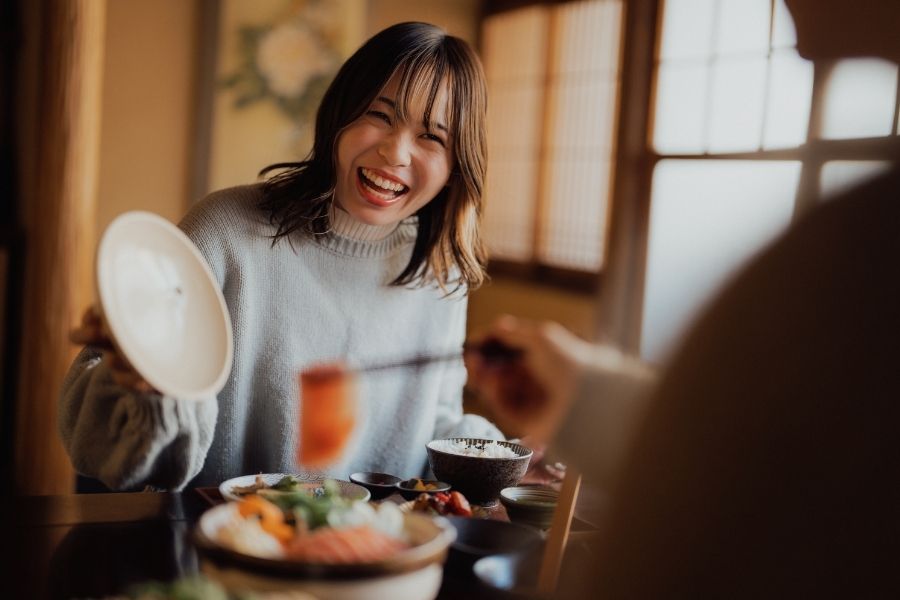
Dining etiquette is another important aspect to be mindful of. For instance, it is customary to say “itadakimasu” before eating and “gochisousama deshita” after finishing a meal.
When using chopsticks, avoid sticking them upright in a bowl of rice or passing food directly from one pair of chopsticks to another, as these actions are associated with funeral rituals.
Additionally, always wash your hands before entering an onsen (hot spring) and be mindful of the no-tattoo policy in many public baths, though some places have become more lenient in recent years.
Exploring Beyond the Tourist Hotspots
While iconic destinations like Tokyo, Kyoto, and Osaka are must-visits, venturing off the beaten path can reveal a different side of Japan that is equally enchanting.
Regions such as Tohoku in the northeast, Shikoku in the south, and the remote islands of Okinawa offer unique cultural experiences and natural beauty that are often overlooked by mainstream tourism.
In Tohoku, you can explore the scenic beauty of Hirosaki Castle, the serene Oirase Gorge, and the historical Aizu-Wakamatsu, known for its samurai heritage.
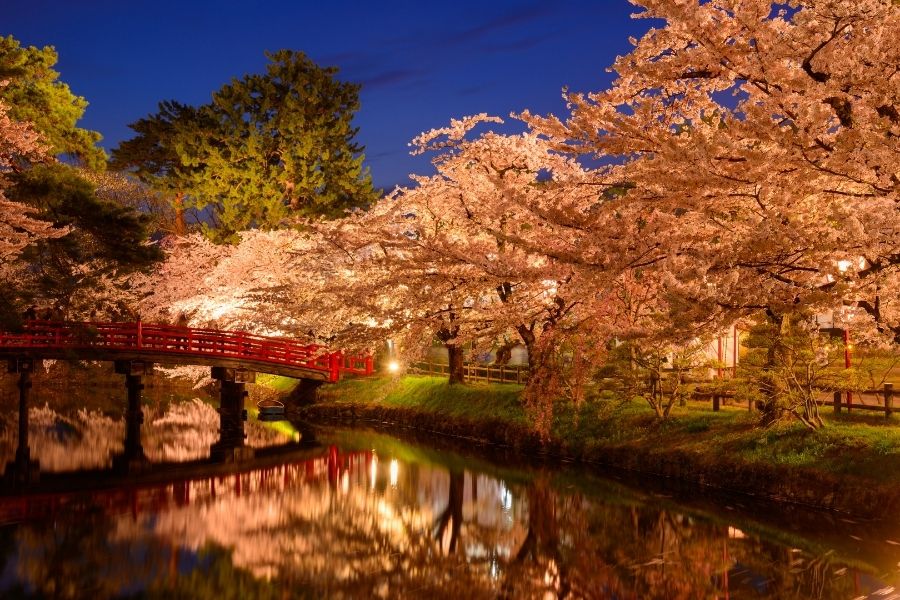
Hirosaki Castle – Tohoku
Shikoku, the smallest of Japan’s four main islands, is famous for the 88 Temple Pilgrimage, a spiritual journey that attracts both religious pilgrims and adventure travellers.
The island’s rugged coastline, lush mountains, and traditional villages provide a tranquil escape from the hustle and bustle of urban life.
Okinawa, with its subtropical climate, offers pristine beaches, crystal-clear waters, and a unique Ryukyu culture that distinguishes it from the rest of Japan. Whether you’re snorkelling in the vibrant coral reefs or exploring ancient castles, Okinawa promises a refreshing change of pace.
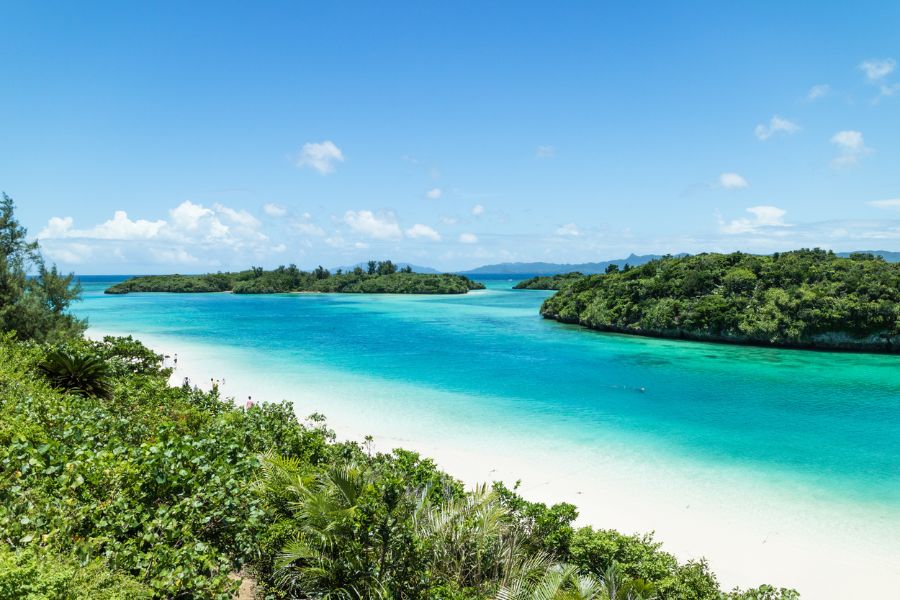
Okinawa
Renting a Car for Flexibility and Adventure
For travellers seeking greater flexibility and off-the-beaten-path exploration, renting a car in Japan can be an excellent choice. While Japan’s public transportation is highly efficient, rent a car in Japan allows you to reach remote areas and scenic spots that may not be easily accessible by train or bus.
Driving in Japan is safe and straightforward, with well-maintained roads and clear signage, especially in rural areas where English navigation systems are widely available.
This option is particularly appealing to those interested in exploring Japan’s rural landscapes, such as the picturesque countryside of Hokkaido or the hidden temples of the Noto Peninsula.
Additionally, renting a car provides the freedom to create your itinerary and travel at your own pace, making it a valuable addition to any Japan travel plan.
Discovering Culinary Delights Across Japan
One of the highlights of traveling in Japan is its diverse and exquisite cuisine, renowned globally for its freshness, quality, and presentation.
Each region boasts its own culinary specialties, influenced by local ingredients and traditional cooking methods. In Kyoto, savor delicate kaiseki meals, multi-course dining experiences that showcase seasonal ingredients in beautifully arranged dishes.
Osaka, known as Japan’s “Kitchen of the Nation,” offers mouthwatering street food such as takoyaki (octopus balls) and okonomiyaki (savory pancakes), best enjoyed in bustling markets like Dotonbori.
For seafood lovers, a visit to Tsukiji Market in Tokyo provides an unparalleled selection of sushi and sashimi, sourced directly from the world’s largest fish market. Exploring Japan’s food scene not only satisfies the palate but also offers insights into its rich culinary heritage and regional diversity.
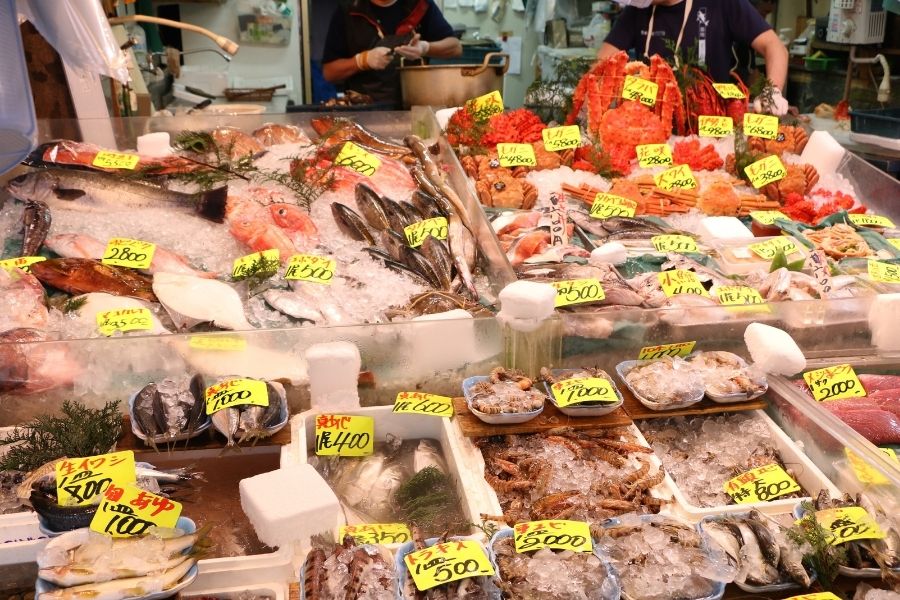
While Japan is increasingly accommodating to international visitors, language barriers can still pose challenges, especially in rural areas or with older generations. While basic English signage and announcements are common in major cities and tourist hubs, it’s beneficial to learn a few essential Japanese phrases and expressions.
Simple greetings like “konnichiwa” (hello) and “sumimasen” (excuse me) can go a long way in daily interactions. Additionally, carrying a pocket-sized phrasebook or using translation apps can help bridge communication gaps and enhance your overall travel experience.
Japanese people appreciate efforts to speak their language, even if it’s just a few words, fostering a warmer reception and deeper cultural exchange.
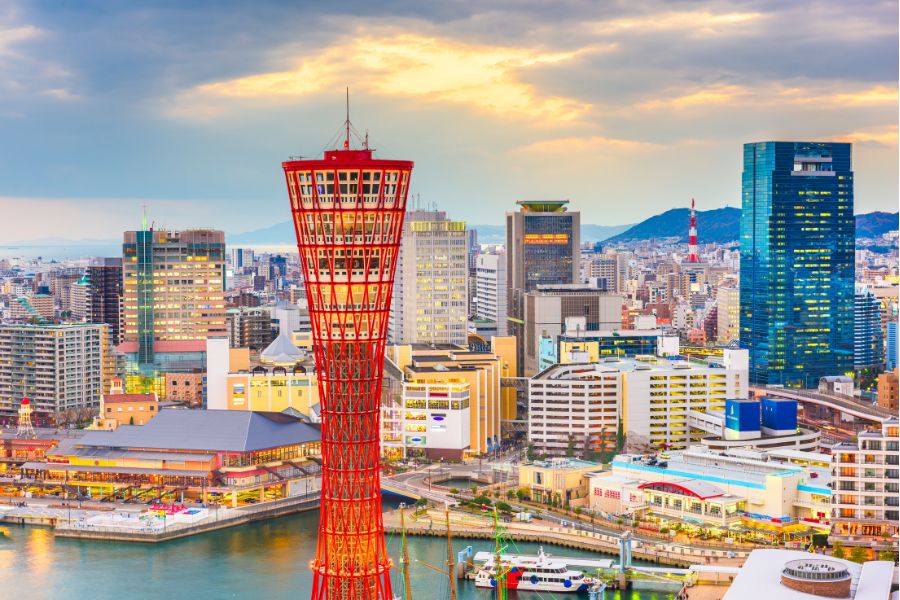
Travelling around Japan offers a blend of ancient traditions, modern innovation, and natural beauty that captivates visitors from around the world.
By embracing local customs, exploring beyond popular tourist destinations, and indulging in Japan’s culinary delights, you can create lasting memories and gain a deeper appreciation for this fascinating country.
Whether you’re navigating the efficient transportation system, renting a car for added flexibility, or immersing yourself in regional cuisines, each experience unfolds new dimensions of Japan’s rich cultural tapestry.
Prepare for a journey filled with discovery, adventure, and hospitality that will leave a lasting impression long after you return home.


